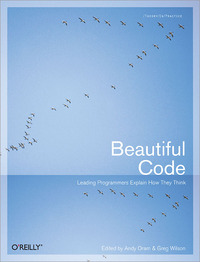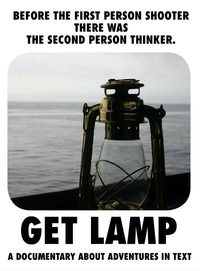A Deterministic ppg256
Last night I premiered ppg256-6 in Bergen, Norway:
perl -le '@d=split/ /,"eros won to tree for fire sex sever ate nice tin elfin wealth";@t=split//,"_bhlmnpstw";{$_=localtime;/(..):(.)(.):(.)(.)/;print"\n$t[$3]".($4%2)."ck $t[$4]".($3%2)."ck\n"if!$5;print"\\"x$5." $d[$1%12] $d[$2] $d[$3] $d[$4] $d[$5]";sleep 1;redo}'
This is the latest in my series of 256-character poetry generators written in Perl. An unusual feature of this one is that it is deterministic: If run at the same time, it will produce the same output. Those who run Windows should check the ppg256 page for a .pl file that will run on that OS, on ActivePerl.









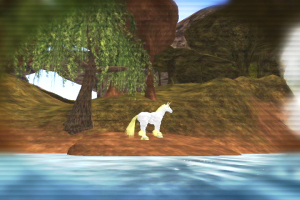
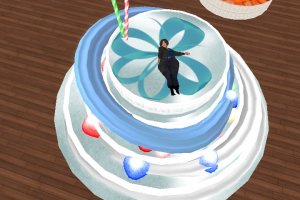
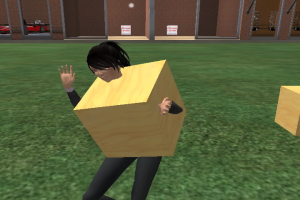
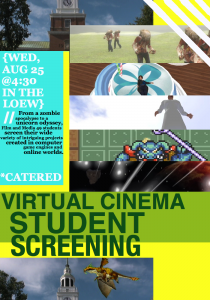
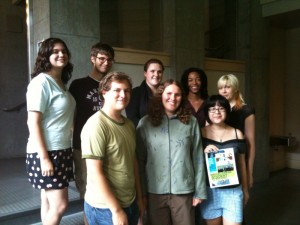
 Submission for the StarCraft AI Competition is now open. Complete details are provided at the
Submission for the StarCraft AI Competition is now open. Complete details are provided at the 